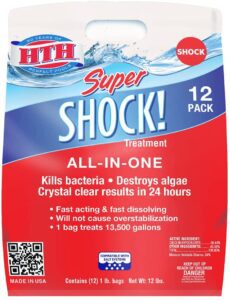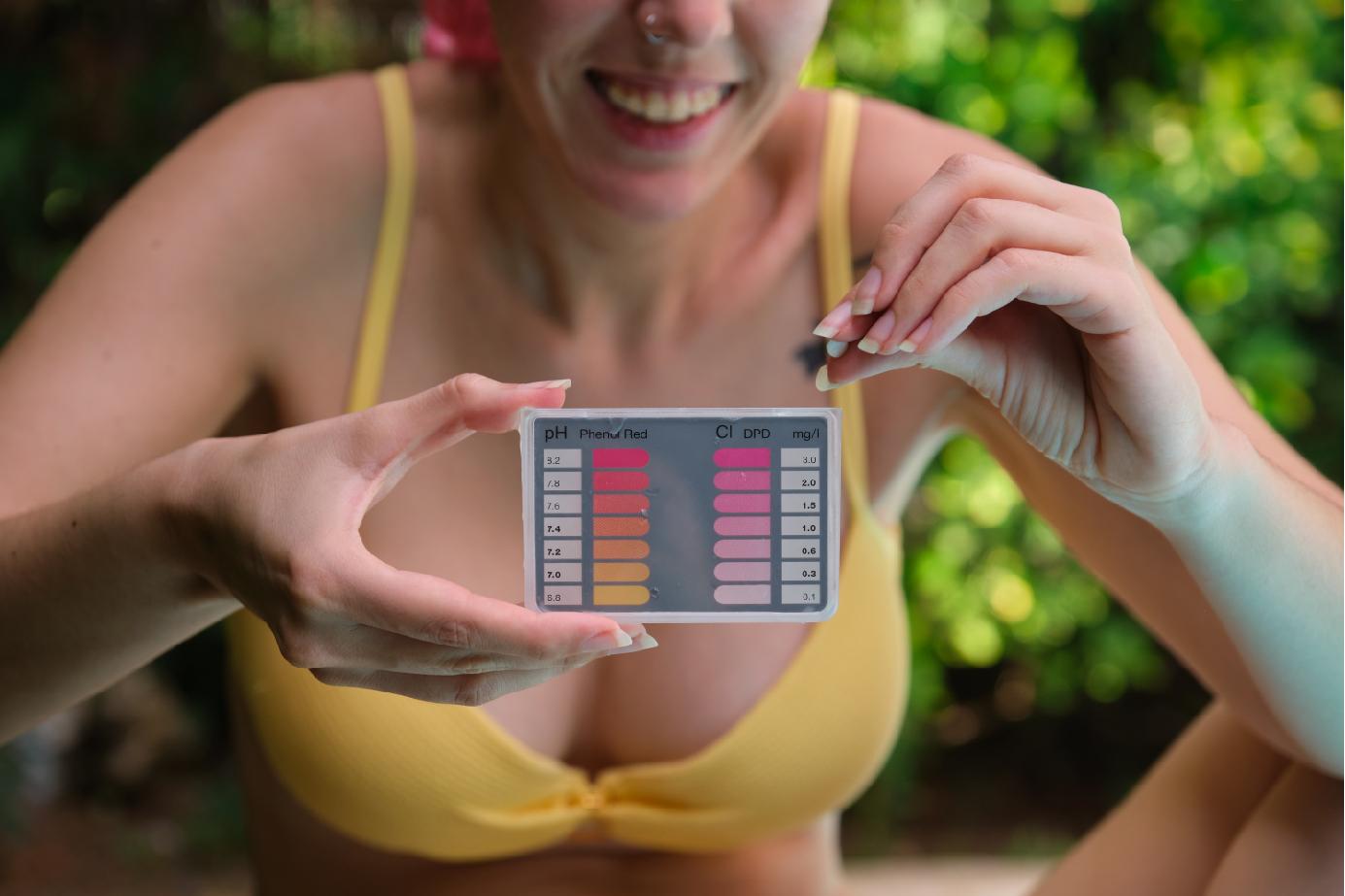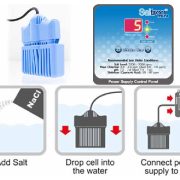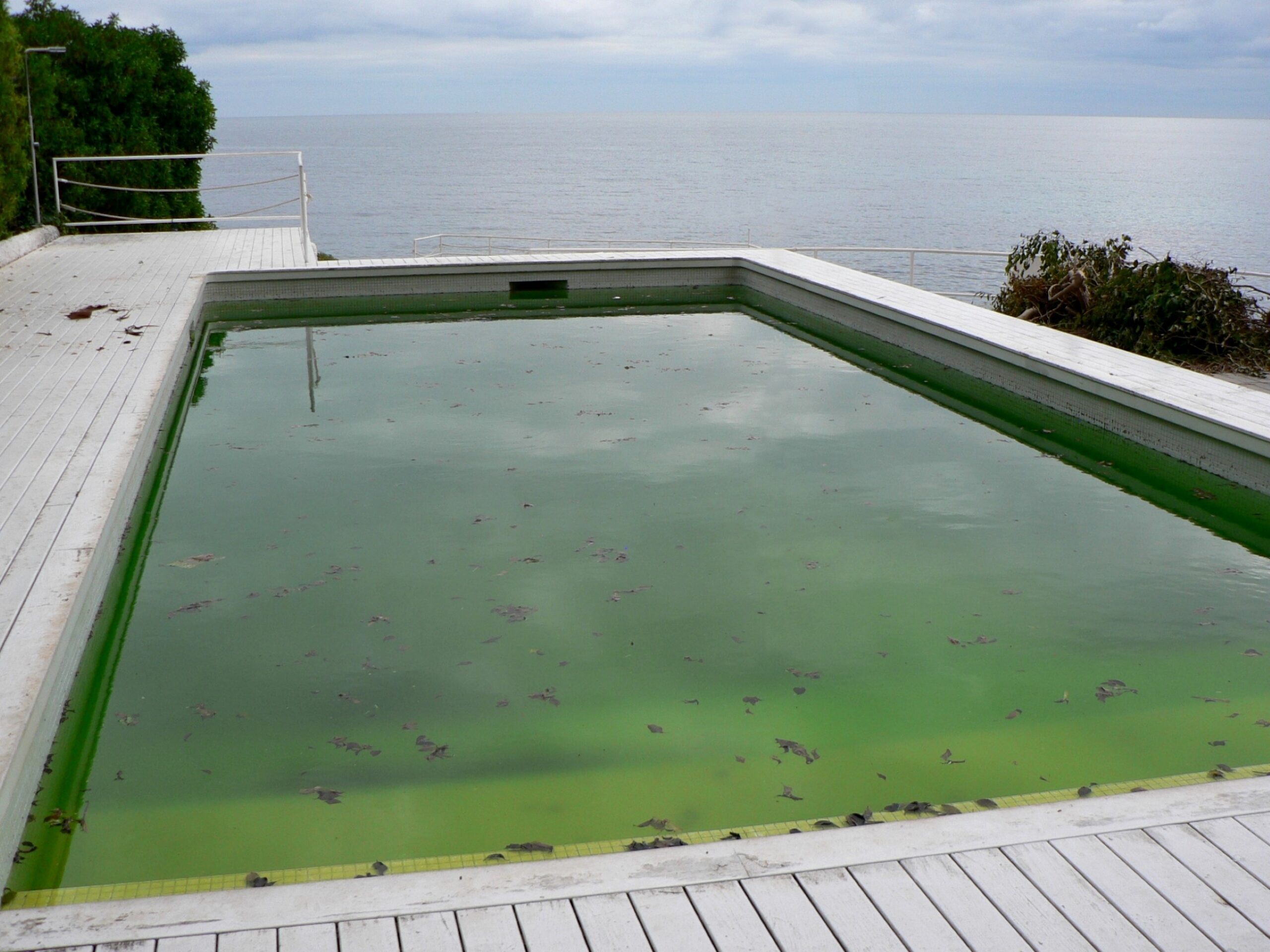
Clearing the Green: A Homeowner’s Guide to a Sparkling Swimming Pool
A green swimming pool is every homeowner’s nightmare. Not only is it unappealing to look at, but it can also pose health risks due to algae growth and unbalanced chemicals. Fear not! With the right tools, some patience, and a systematic approach, you can clear your green pool and enjoy crystal-clear water once more. In this article, we will guide you through the steps to achieve a sparkling swimming pool.
1. Assess the Situation
First, inspect the overall condition of the pool. Check for debris, dirt, and algae, as well as the water’s color and cloudiness. This will help you determine the severity of the problem and the necessary steps to clear the pool.
2. Remove Debris
Use a pool skimmer or leaf rake to remove any floating debris such as leaves, twigs, and insects. This will not only improve the pool’s appearance but also prevent clogging in the filtration system.
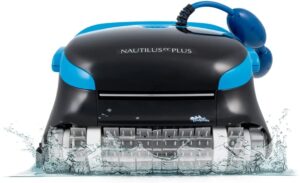
3. Test and Balance the Water Chemistry
Before treating the pool, test the water using a pool test kit or test strips. Pay close attention to the chlorine, pH, and alkalinity levels. Balancing these levels is essential for preventing algae growth and maintaining clear water.
Chlorine: A minimum of 2-4 ppm (parts per million) is recommended to effectively sanitize the pool. pH: Maintain a pH level of 7.4-7.6 to optimize chlorine efficiency and prevent scaling or corrosion.
Alkalinity: Aim for an alkalinity level of 80-120 ppm to stabilize the pH level.
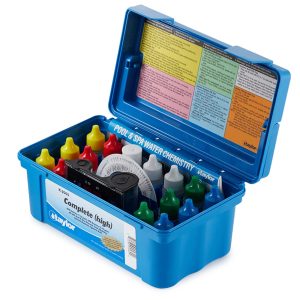
4. Shock the Pool
“Shocking” the pool involves adding a large dose of chlorine (or non-chlorine shock) to eliminate algae, bacteria, and other contaminants. For a green pool, use a high-strength shock treatment, typically a calcium hypochlorite product, and follow the manufacturer’s instructions for dosage. Ensure proper circulation by running the pool pump. Apply the shock treatment in the evening or on a cloudy day to prevent sunlight from degrading the chlorine. Brush the pool surfaces to help distribute the shock treatment and loosen algae.
5. Use Algaecide
If algae are present, add an algaecide to kill and prevent future growth. Follow the manufacturer’s instructions for dosage, and ensure the pool pump is running for proper distribution.
6. Run the Filter
After shocking and treating the pool with algaecide, run the filter continuously for 24-48 hours. This will help remove dead algae and other contaminants from the water.
7. Clean the Filter
Check and clean the filter regularly during the clearing process. A dirty or clogged filter will reduce the efficiency of the circulation system, hindering your pool’s recovery.
8. Vacuum the Pool
Once the water begins to clear, vacuum the pool to remove dead algae and other debris that have settled on the bottom. Use a manual pool vacuum or an automatic pool cleaner, ensuring thorough coverage of the pool floor.
9. Re-test and Balance the Water
After the pool has cleared, re-test the water chemistry and adjust as needed. Maintaining balanced water chemistry is crucial for preventing future algae growth and keeping your pool sparkling clean.
10. Regular Maintenance
Once your pool is clear, establish a regular maintenance routine to prevent future problems. This includes:
Skimming debris daily.
Vacuuming the pool weekly.
Testing and balancing water chemistry weekly.
Cleaning the filter as needed.
Shocking the pool every 1-2 weeks, or as needed.
Clearing a green swimming pool can be a daunting task, but with the right approach and dedication, you can restore your pool and be swimming again in no time.

